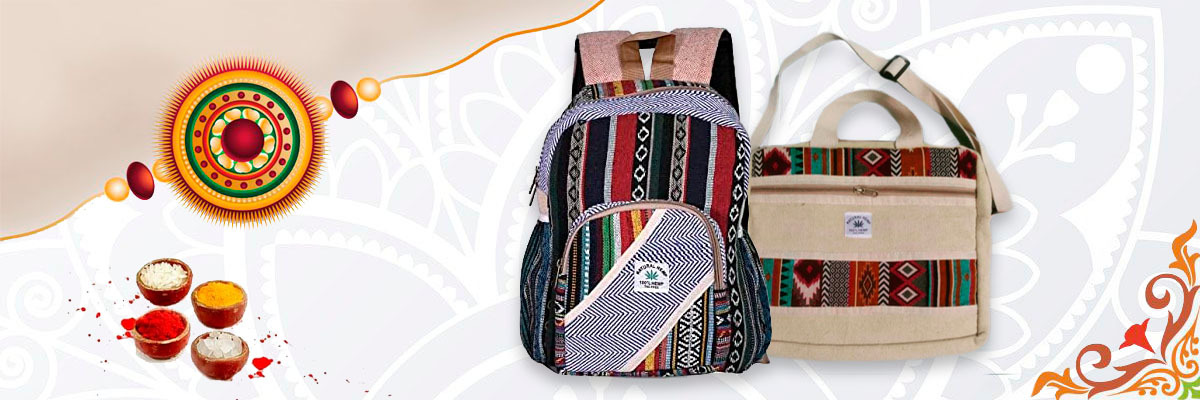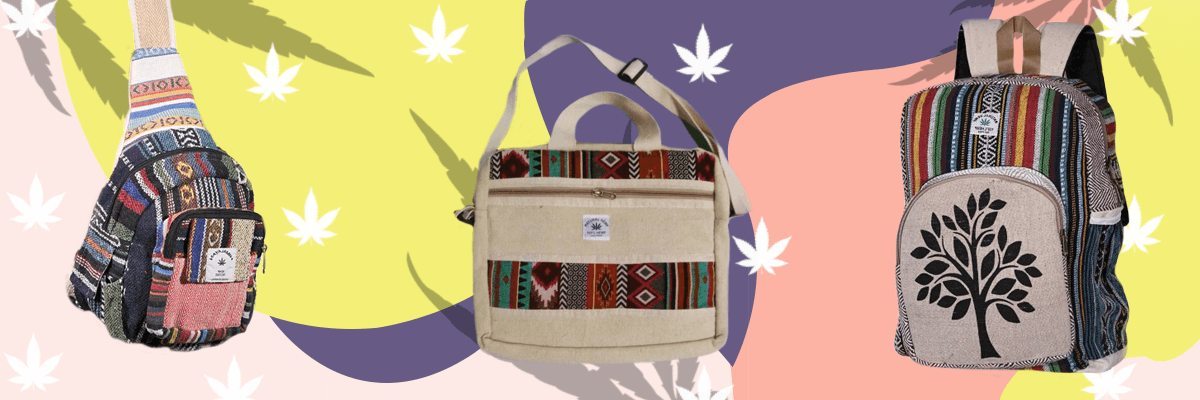India has a rich tradition of folk art and culture. Diverse art forms can be found throughout India. Various art forms represent culture, lifestyle, and traditions. One such art form that’s gaining global importance due to its captivating beauty is the Warli Painting.
What is Warli Art?
Warli art is traditionally practised by the warli tribe of Maharashtra, India, who live in the North Sahyadri Range. Warli tribes are one of the largest in India. The art form is still practised in rural areas and towns like Dahanu, Talasari, Jawhar, Palghar, Mokhada, and Vikramgad where tribal artists are still producing authentic Warli folk art. There has been a tradition of warli practised for centuries, and it continues to be a popular form of art. Warli paintings were mostly made by women. One of the most important characteristics of the painting is that it is not a portrayal of mythological characters or deities, but of social scenes. A warli painting is painted on a mud wall in white. They usually depict scenes of humans engaged in activities such as hunting, dancing, sowing, or harvesting and are beautifully executed.
Despite the lack of records regarding the exact origin of this art, its roots may date back to at least the 10th century. Between 2,500 BC and 3,000 BC, tribal groups propagated a tradition that originated in the Neolithic period.
Warli Painting: Why and How are they made?
In Indian culture, warli painting is a traditional art form. In warli art, the assertion was the primary goal, and painting warli serves as a means of assertion. Paintings made in the warli style were not made for entertainment or for the purpose of warli sculpture. Warli paintings are considered one of the most popular folk arts in India. They are categorised as folk art from the Indian region. There is a great deal of detail in traditional warli paintings that depicts the lifestyle and culture prevalent during that time. Historically, warli paintings have played an important part in the lives of warli people because they believed that the painting of warli themes on canvas with indigenous colours and symbols would be blessed by their tribal deity.
Warli paintings are one of the traditional handicrafts of India, generally made on mud walls or paper using white paste. The white paste is a mixture of rice, water, and gum that acts as a catalyst. Brushes made from chewed bamboo sticks are used to paint. These paintings often bear a close resemblance to prehistoric cave paintings.
In Warli art, nature is often central to the concept of Mother Nature and the elements of nature can often be seen as the main subject. Since farming is the tribe’s primary means of livelihood, they are very respectful of nature and wildlife.
Religious iconography such as gods and symbols are never used in Warli painting. There is a reference to nature as a god, and it discusses an association between man and nature as well as the dependence we have on it.
Here is an example of warli painting
A warli painting can tell a complete story from beginning to end, which makes it a popular storytelling art. These paintings depict the warlis’ perspective and their way of thinking. There are real-life scenarios and situations depicted in paintings, including trees, animals, events, social gatherings, farming and human formation. These days, artists incorporate elements from the modern world, such as bicycles, cars, buildings, computers, aeroplanes, and trains into their works.
There is no doubt that the warli art has received immense popularity both internationally and nationally due to its simplicity in shapes, the use of a single white colour, and the use of simple lines, triangles, squares, circles, and dots.
The shapes stand as a symbol of the elements of nature. Whereas, the circles represent the sun and the moon and triangles from mountains and pointed trees. There is a similarity between these paintings and ancient cave paintings in India, in which humans are represented by triangles and inverted triangles. There are two inverse triangles joined at their tips which depict people and animals in Warli paintings. As you can see, the upper triangle represents the torso whereas the lower triangle represents the pelvis. These triangles coming together and meeting at the point is a symbol of the balance in the universe.
In addition, Warli paintings are no longer restricted to traditional mud walls. With their rapid expansion in the home decor industry, they seem to be growing day by day. A wide variety of these products have been increasing in popularity in recent years, including bedsheets, vases, and curtain prints. Indian art is popular not only in the home decor industry but also in the textile and clothing industries. In this day and age, it is a common sight to see women adorning Warli paintings printed sarees on the street or on the runway of a fashion show.
Warli Painting: Where to find it?
There is a lot of interest in Warli painting home decor and products these days, and the trend looks like it will be around for a long time. In order to get the best Warli painting, you must buy it from a trusted website like HEM Crafts.
Bring home a piece of excellent Warli painting product from HEM Crafts by checking out the exciting collection offered to you. Add a unique piece of Indian art made by talented rural artists of India to your home with our collection of products ranging from Warli Painting to Hand Painted Tea Kettles and more.





One of the good reads, thanks for sharing this blog.